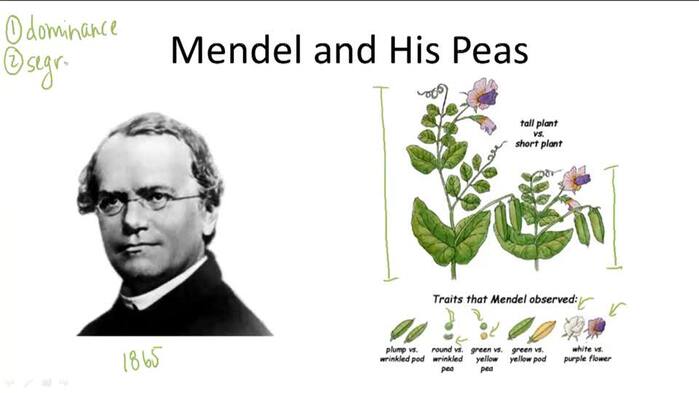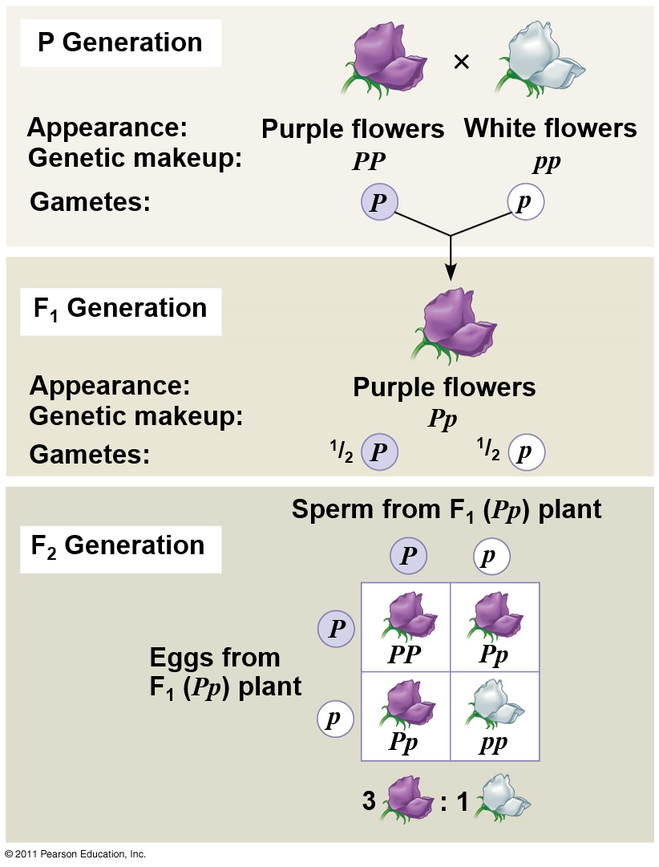Unit 7: Genetics
Reading
BJU Biology: 5B - "Basic Genetics"
AP Classroom: Unit 5 - "Heredity" (continued)
AP Princeton Review: Ch. 9 Gene Expression and Heredity
Topics
Labs
BJU Biology: 5B - "Basic Genetics"
AP Classroom: Unit 5 - "Heredity" (continued)
AP Princeton Review: Ch. 9 Gene Expression and Heredity
Topics
- Ch. 5B: The classical laws of inheritance as developed by Mendel
Labs
- Corn Dihybrid Genetics lab (handout below)
- Genetic Disorders class presentation (instructions below)
| 9._mendelian_genetics__slides.pptx |
| 9._mendelian_genetics_class_notes_2021.docx |
| corn_dihybrid_genetics_lab_handout.docx |
Genetic Disorders class presentation
"Research a genetic disorder of your choosing, what causes it genetically, and any drugs, procedures or devices used to treat or manage it".
Using this topic, create a PowerPoint presentation with around 6-10 slides, and be prepared to present it at a future class in a 5 minute time period. Practice your presentation so it falls within this time period.
"Research a genetic disorder of your choosing, what causes it genetically, and any drugs, procedures or devices used to treat or manage it".
Using this topic, create a PowerPoint presentation with around 6-10 slides, and be prepared to present it at a future class in a 5 minute time period. Practice your presentation so it falls within this time period.
The Big Idea
In the previous Unit, you started to learn about genetics by studying the process of meiosis, which occurs in sexually reproducing organisms (humans, whales, and pea plants). In meiosis, you begin to see how the genetic material is divided up between offspring, and how genes get reshuffled and redistributed during meiosis I and II.
In this Unit, we will continue studying genetics by looking at the laws of inheritance. This area of biology is known as classical genetics - or Mendelian Genetics - named after Gregory Mendel and his famous experiments on pea plants in the 1800's.
In the previous Unit, you started to learn about genetics by studying the process of meiosis, which occurs in sexually reproducing organisms (humans, whales, and pea plants). In meiosis, you begin to see how the genetic material is divided up between offspring, and how genes get reshuffled and redistributed during meiosis I and II.
In this Unit, we will continue studying genetics by looking at the laws of inheritance. This area of biology is known as classical genetics - or Mendelian Genetics - named after Gregory Mendel and his famous experiments on pea plants in the 1800's.


